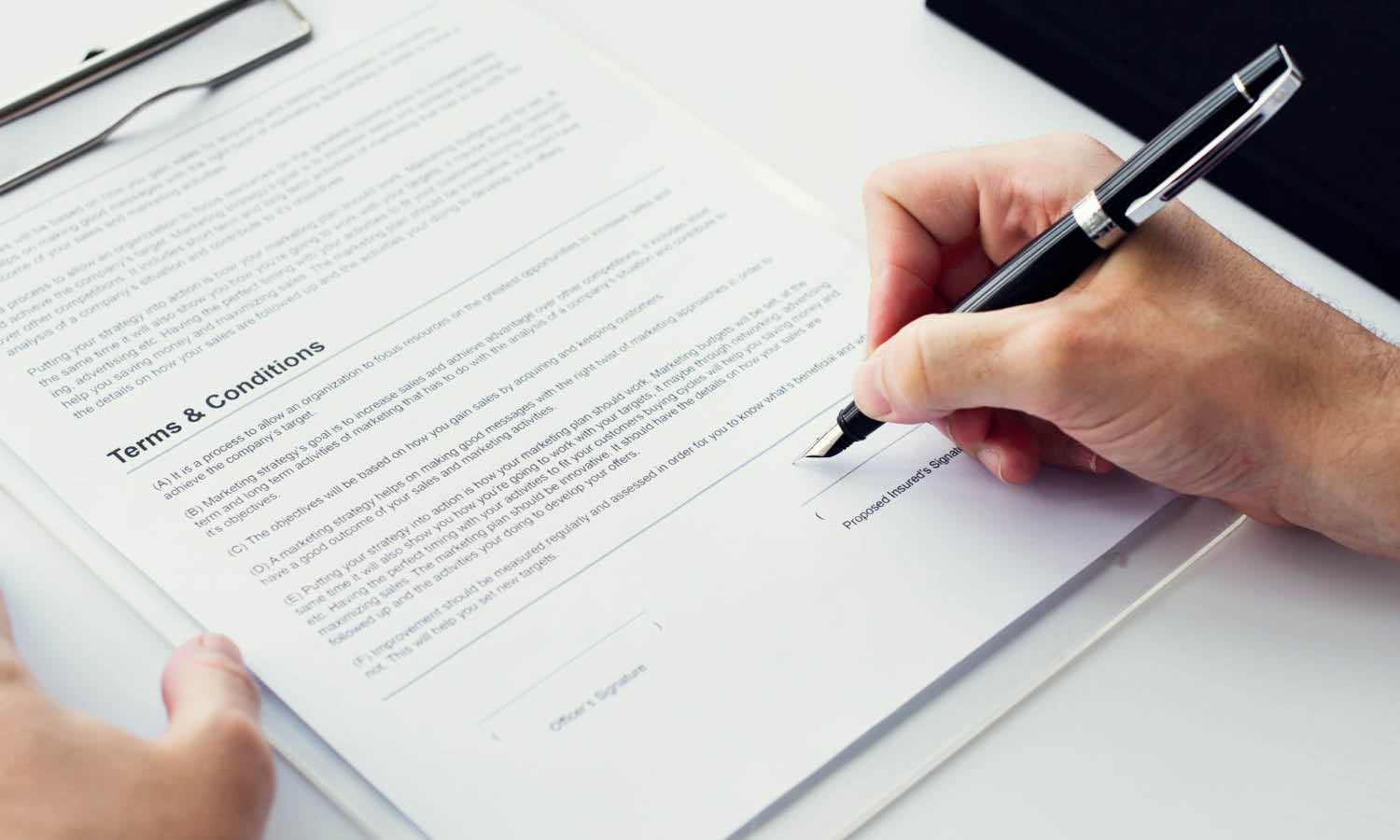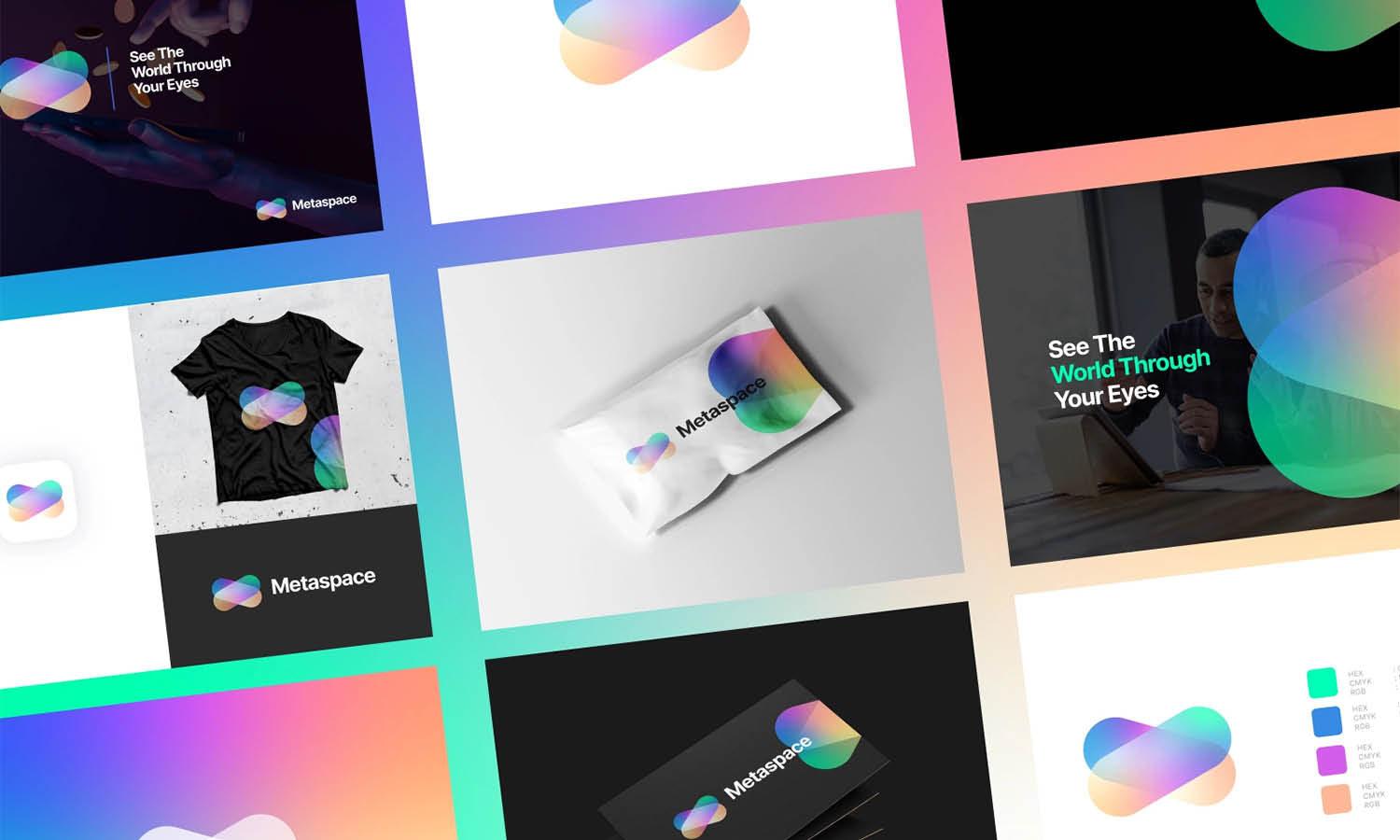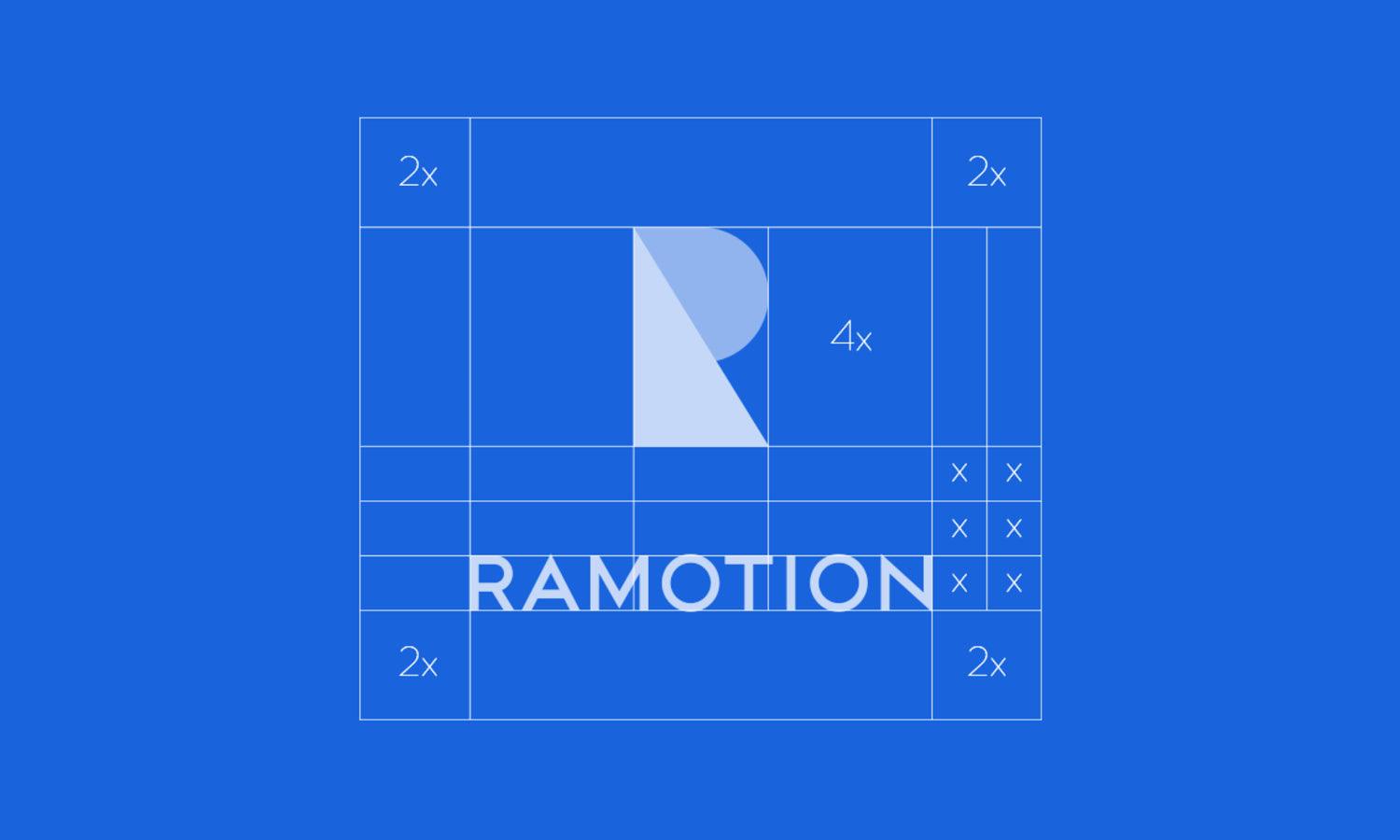10 Things To Avoid When Creating A Logo Design Proposal

Creating a logo design proposal is a crucial step in securing a design project, but it's fraught with potential pitfalls that can derail your efforts. As a professional designer, it is essential to understand not just what to include, but also what to avoid in your proposals. This guide outlines ten common mistakes designers make when crafting a logo design proposal. Avoiding these errors can significantly increase your chances of impressing potential clients and winning the contract.
From overlooking client needs to neglecting the presentation of your proposal, each point addressed here aims to refine your approach and ensure your proposals are as effective as possible. By steering clear of these common missteps, you can develop a compelling, clear, and client-focused proposal that stands out in the competitive market.
Overlooking Client Needs
One critical error to avoid when creating a logo design proposal is overlooking the specific needs and expectations of your client. Engaging in detailed discussions with your client before drafting your proposal is essential. This dialogue helps you understand not only the aesthetic preferences of the client but also their business goals, target audience, and market position. Incorporating these insights into your proposal demonstrates that you are not just a designer but a strategic partner who values the client's success.
Tailor each proposal to reflect the unique challenges and opportunities of the client’s project, ensuring that your design concepts are both relevant and impactful. Remember, a generic, one-size-fits-all approach can lead the client to feel undervalued and might cause your proposal to be overlooked in favor of more customized offerings.
Lack of Research
Neglecting to conduct thorough research before drafting a logo design proposal is a mistake that can lead to generic, unimpressive outcomes that fail to resonate with the client’s target audience. Research is the foundation of effective design. It involves understanding the client's industry, analyzing competitors, and identifying market trends. This research enables you to position your client uniquely and advantageously against competitors, proposing a logo that not only stands out visually but also embodies the essence of the brand.
Including insights from your research in your proposal shows your commitment to the project and your professionalism as a designer. It assures clients that your design recommendations are backed by thorough analysis and tailored to their specific market needs.
Overcomplicating the Design
In the realm of logo design, simplicity often reigns supreme. A common pitfall to avoid when drafting a logo design proposal is the tendency to overcomplicate the design. Complex designs can be visually confusing and may fail to communicate the brand’s message clearly and effectively. When proposing logo concepts, focus on clarity and recognizability. A simple logo is not only more likely to stand out, but it is also more versatile across various media. This approach shows prospective clients that you understand the importance of brand identity in different contexts, from digital ads to physical merchandise.
Additionally, simplifying your designs can demonstrate your ability to distill complex ideas into accessible, memorable icons. Ensure that your proposal highlights how each design concept adheres to the principles of effective logo creation—visibility, distinctiveness, and applicability—without unnecessary embellishments that detract from the brand’s core message.

Ignoring Budget Constraints
A crucial aspect to consider when preparing a logo design proposal is the client's budget. Ignoring budget constraints can severely impact the feasibility of the project and potentially strain client relations. When drafting your proposal, provide scalable solutions that align with the financial scope outlined by the client. This might involve offering different package options or adjusting the scope of the project to match the budget without compromising the quality of the design. Be transparent about what can be achieved within the proposed budget and suggest practical adjustments if necessary.
Addressing budget considerations upfront demonstrates your professionalism and builds trust. It shows that you are committed to delivering value, balancing cost-effectiveness with high-quality design outcomes. This approach not only meets the client’s financial constraints but also establishes a foundation for a sustainable, long-term working relationship.
Failing to Set Clear Milestones
An effective logo design proposal must include clear milestones that outline the project's timeline and deliverables. Failing to set these milestones is a common pitfall that can lead to misunderstandings and project delays. Clearly defined milestones help manage the client's expectations and facilitate smoother workflow and communication. Each milestone should correspond to a key phase of the design process, such as initial concepts, revisions, finalization, and delivery.
This structure not only keeps the project on track but also provides regular checkpoints for client feedback and approvals. Include specific dates and what will be delivered at each stage to ensure transparency. This approach shows your organizational skills and commitment to meeting project deadlines. It also builds client trust by making the design process collaborative and predictable, reducing anxiety over the unknowns typically associated with creative projects.
Neglecting the Legal Aspects
Neglecting the legal aspects in a logo design proposal can lead to significant issues down the line, including disputes over copyright, usage rights, and payment terms. It is crucial to incorporate a detailed legal section in your proposal that outlines these elements clearly. Specify the rights the client will have over the final logo design, including where and how it can be used. Additionally, state any copyright transfers or exclusivity agreements. Clearly outline your payment terms, including any deposits required, payment schedules, and conditions under which refunds or cancellations might be handled.
Including such legal specifics not only protects your intellectual property and financial interests but also builds professional credibility and trust with your client. It assures them that they are dealing with a serious professional who values clarity and fairness in business dealings. This foresight can prevent misunderstandings and legal complications, ensuring a smooth and respectful working relationship.
Ignoring Competitor Analysis
Ignoring competitor analysis in a logo design proposal is a significant oversight that can result in a design that lacks differentiation in the market. A comprehensive competitor analysis helps in understanding the visual trends within the industry and identifying opportunities for innovation and distinctiveness. When preparing your proposal, include a detailed analysis of competitors’ logos, highlighting common themes and elements. This research not only informs the design process but also positions you as a knowledgeable professional who understands the broader market context.
Presenting this analysis in your proposal demonstrates to clients that your design suggestions are backed by strategic thinking aimed at making their brand stand out. It also reassures them that their new logo will be both unique and relevant to their target audience. Including competitor analysis is crucial for showing clients that your designs are not created in a vacuum but are thoughtful responses to the market environment.

Skipping the Revision Policy
A clear revision policy is crucial in a logo design proposal and skipping it can lead to unmet expectations and client dissatisfaction. It is important to specify how many rounds of revisions are included in the quoted price and what, if any, additional costs may be incurred for further changes. This transparency helps manage client expectations and avoids potential conflicts over billing. Include a detailed description of what constitutes a revision versus a new concept to further clarify the scope of work.
This section of your proposal reassures clients that they have the flexibility to refine the logo design while also protecting your time and resources as a designer. Establishing these boundaries upfront contributes to a more structured and efficient design process and helps maintain a positive, professional relationship with the client.
Not Showcasing Your Best Work
A logo design proposal is your opportunity to make a strong impression on potential clients, and not showcasing your best work can seriously undermine your chances of securing the project. It's essential to carefully select portfolio pieces that not only demonstrate your skills and versatility but also align closely with the client's industry and the project's specific requirements. Include designs that have been successful and well-received in similar markets or that highlight your ability to innovate and solve design challenges effectively.
This approach not only shows your expertise but also builds confidence in your understanding of what makes a logo effective and appealing. Make sure each example is presented with a brief explanation of the design process and the outcomes, emphasizing how your work has positively impacted other businesses. This strategic display of your portfolio assures clients that they are investing in quality and professionalism.
Lack of Personalization
One of the most common mistakes in creating a logo design proposal is the lack of personalization. A generic, cookie-cutter proposal suggests a lack of interest and effort, which can turn potential clients away. To avoid this, tailor your proposal to address the specific needs and brand identity of the client. Demonstrate a clear understanding of their business, goals, and target audience. This can be achieved by referencing specific details about their company and suggesting design elements that resonate with their brand ethos.
Personalization shows that you are not just a designer but a partner in their branding journey. It also illustrates your commitment to delivering a logo that not only looks good but also performs effectively in the market. Crafting a proposal that feels bespoke and thoughtful can significantly increase your chances of winning the project.
Conclusion
In crafting a logo design proposal, avoiding common pitfalls is as crucial as highlighting your creative skills. A successful proposal is clear, concise, and tailored to meet the specific needs of your client while considering budget, timeline, and legalities. By steering clear of the mistakes discussed, such as neglecting research, overlooking client needs, and failing to set clear milestones, you position yourself as a professional who not only designs but also deeply understands the strategic aspects of branding. These best practices ensure that your logo design proposals are both impressive and effective, setting the stage for successful client relationships and outstanding design outcomes.
Let Us Know What You Think!
Every information you read here are written and curated by Kreafolk's team, carefully pieced together with our creative community in mind. Did you enjoy our contents? Leave a comment below and share your thoughts. Cheers to more creative articles and inspirations!















Leave a Comment